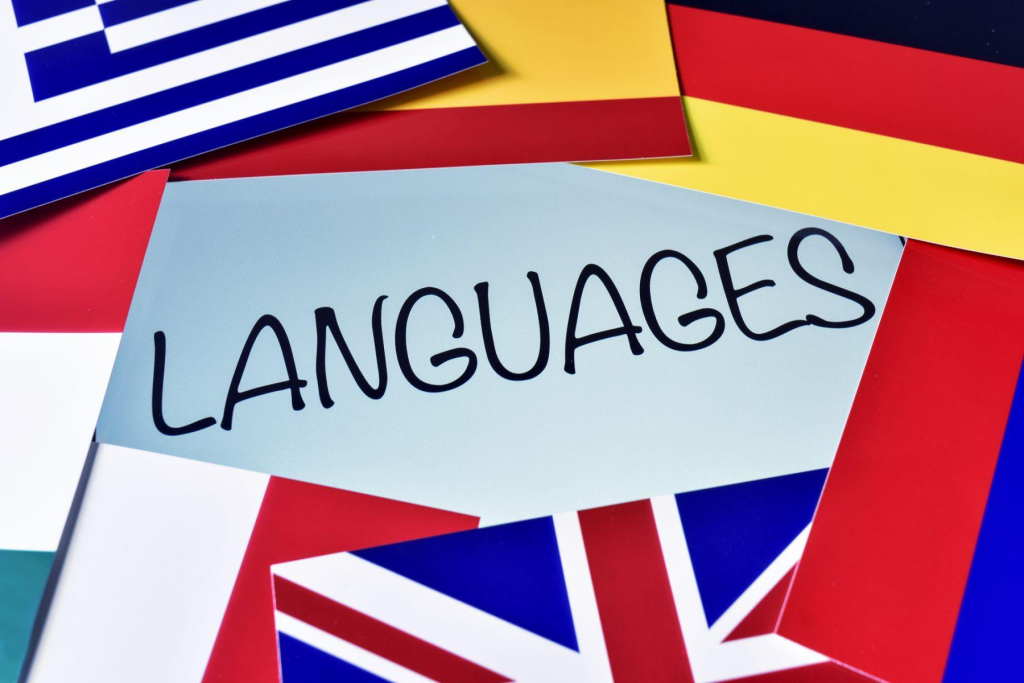
Cultural diversity has always been a driving force behind the evolution of languages. As societies interact and blend, languages adapt, borrow, and transform, reflecting the dynamic nature of human communication. This phenomenon is evident in the way new words and expressions emerge from the blending of cultures.
One prominent example is the influence of global migration on English. Terms like “sushi” and “burrito” have seamlessly integrated into everyday English vocabulary, illustrating how cultural exchange enriches language. Similarly, English itself has been influenced by a myriad of languages, including Latin, French, and Germanic tongues, each adding to its richness and complexity.
Cultural diversity also fosters the creation of new dialects and slang. Urban areas with high levels of cultural interaction often develop unique linguistic styles, blending elements from various languages and cultural practices. This can be seen in multicultural cities where vibrant, new linguistic forms emerge, reflecting the city’s diverse population.
Moreover, the preservation and revitalization of endangered languages often hinge on cultural diversity. Efforts to maintain indigenous languages are supported by recognizing and valuing the cultural heritage they represent. This helps ensure that these languages continue to thrive and contribute to the global linguistic tapestry.
In essence, cultural diversity is a catalyst for language evolution, driving linguistic innovation and enrichment. As cultures continue to interact and merge, languages will keep evolving, showcasing the ever-changing nature of human society and communication.
